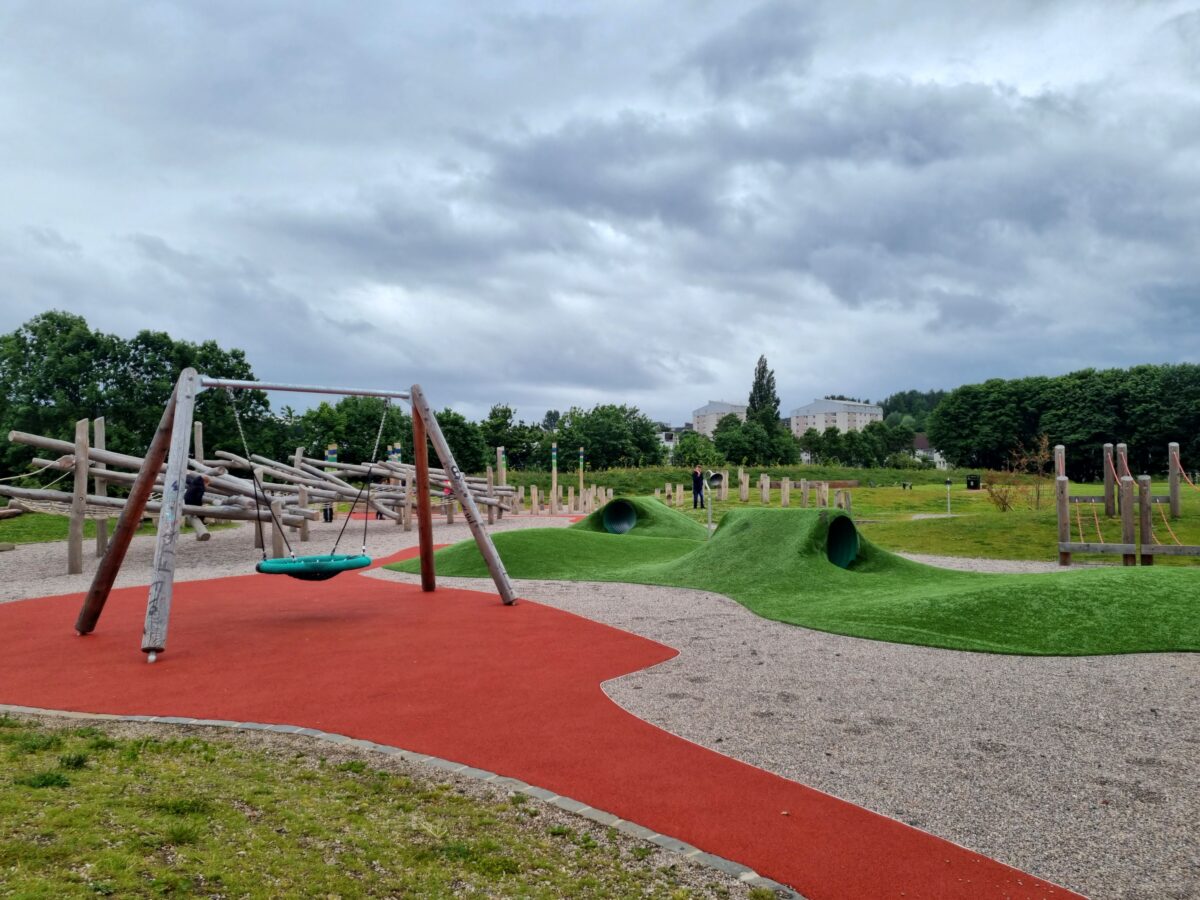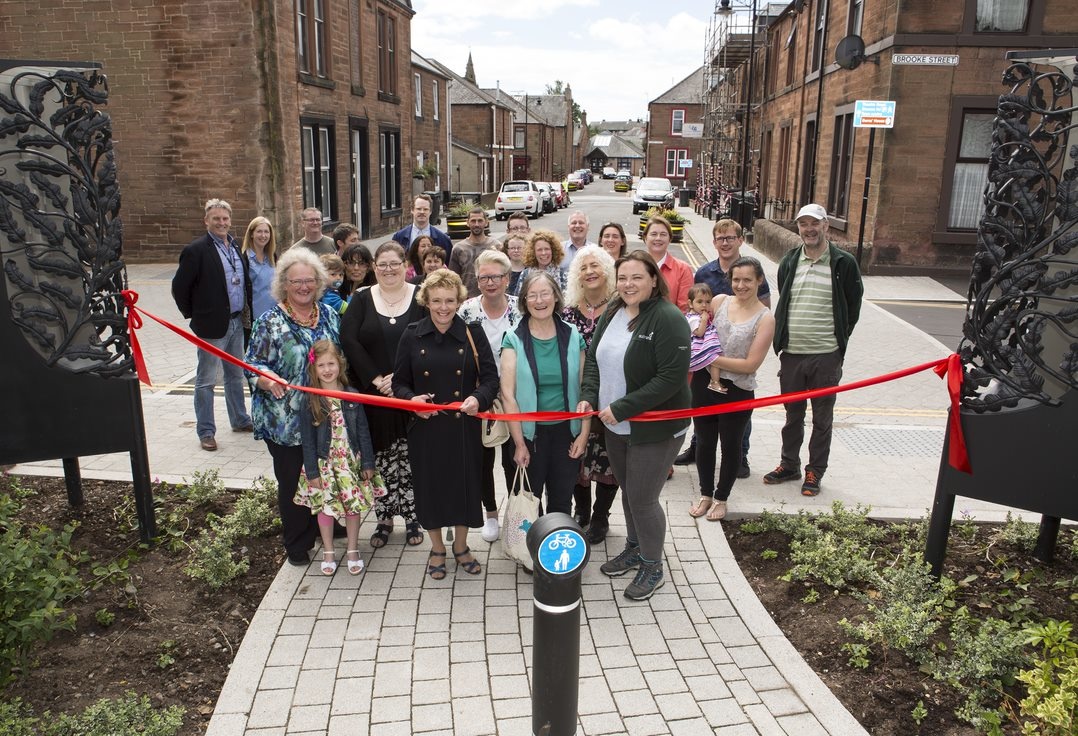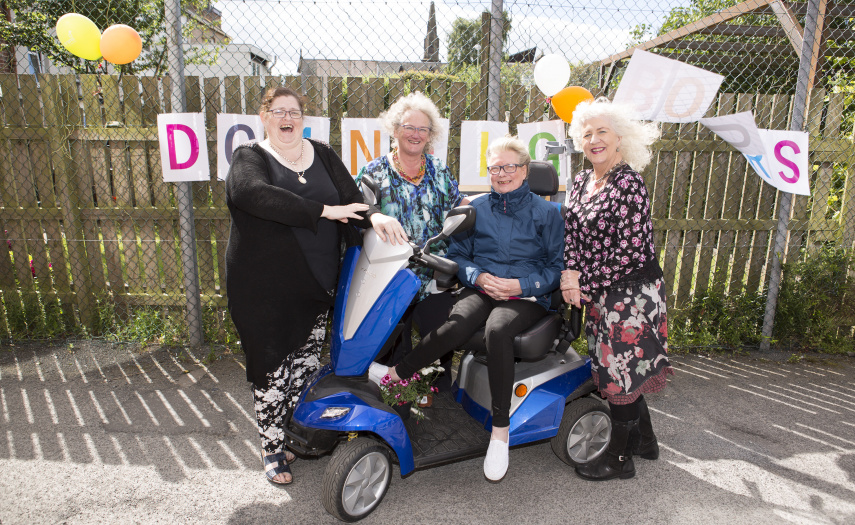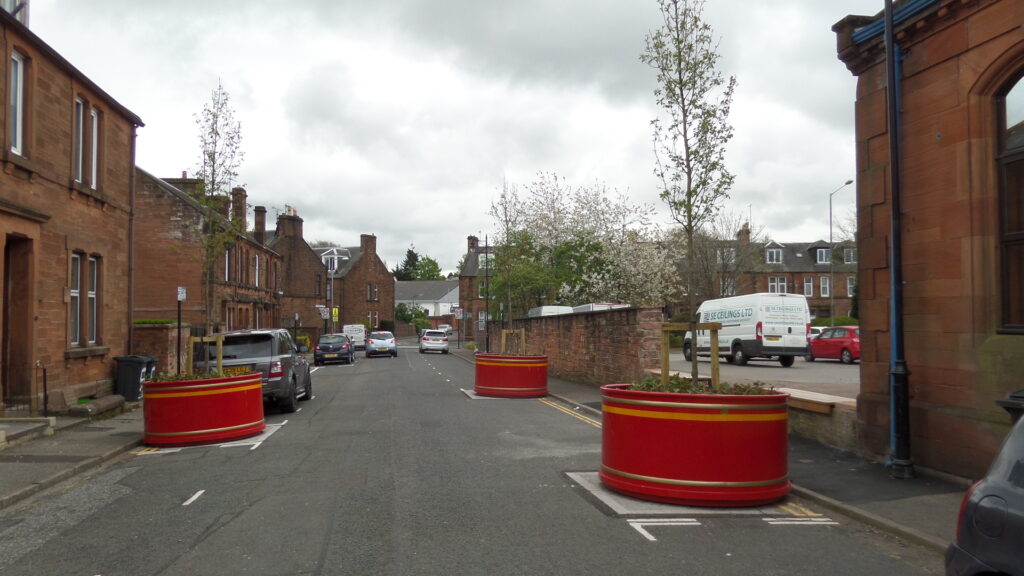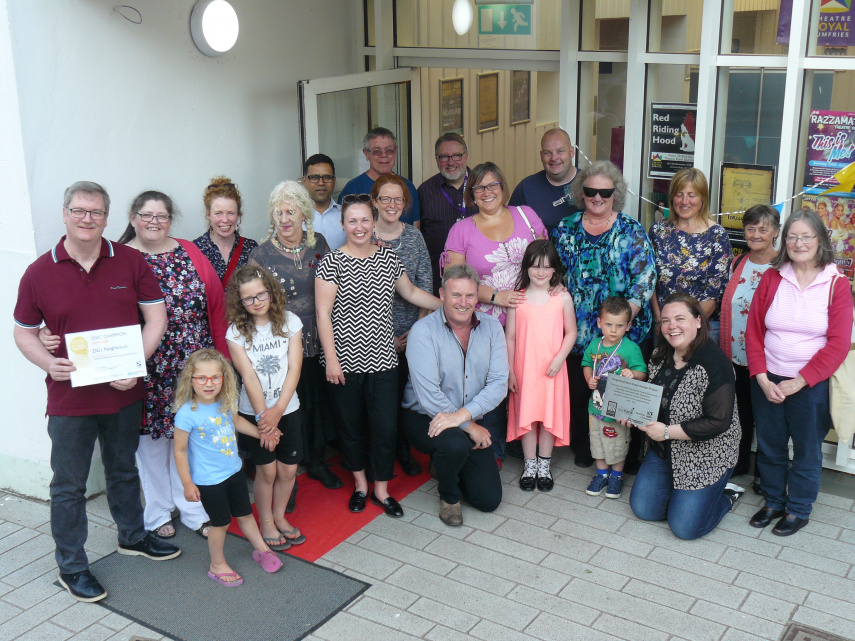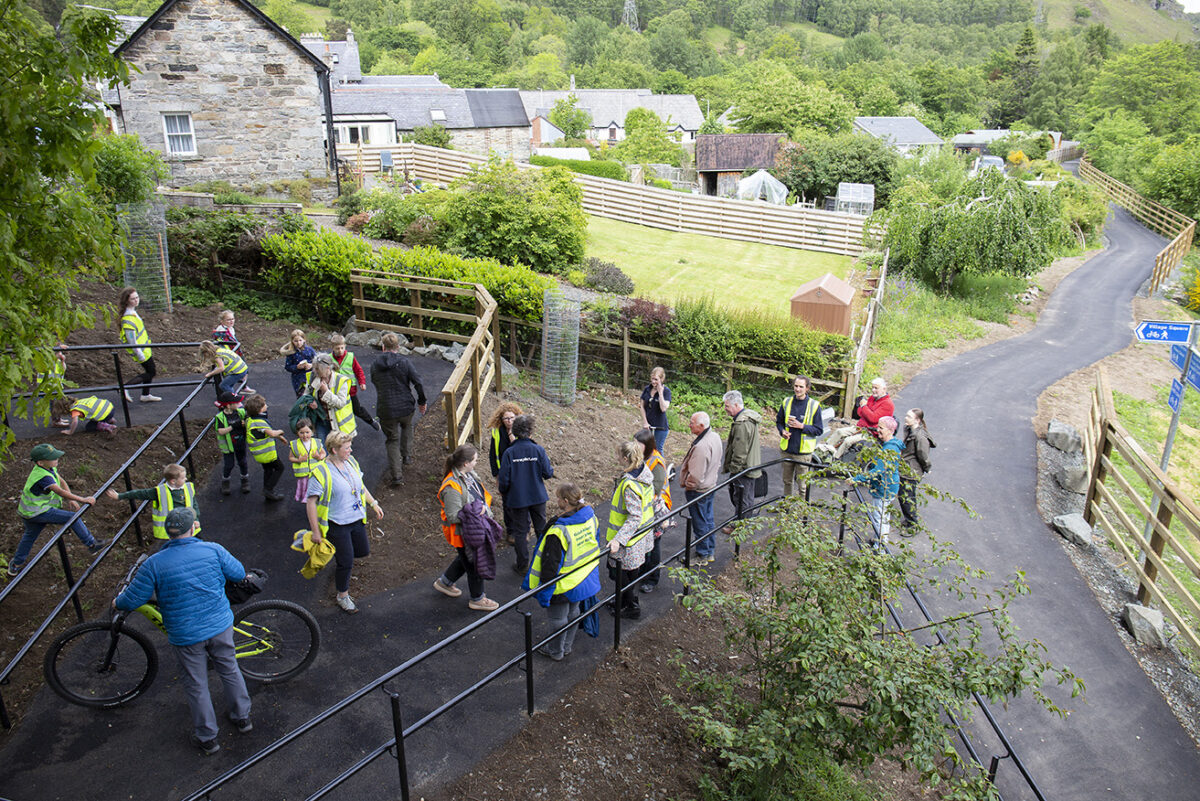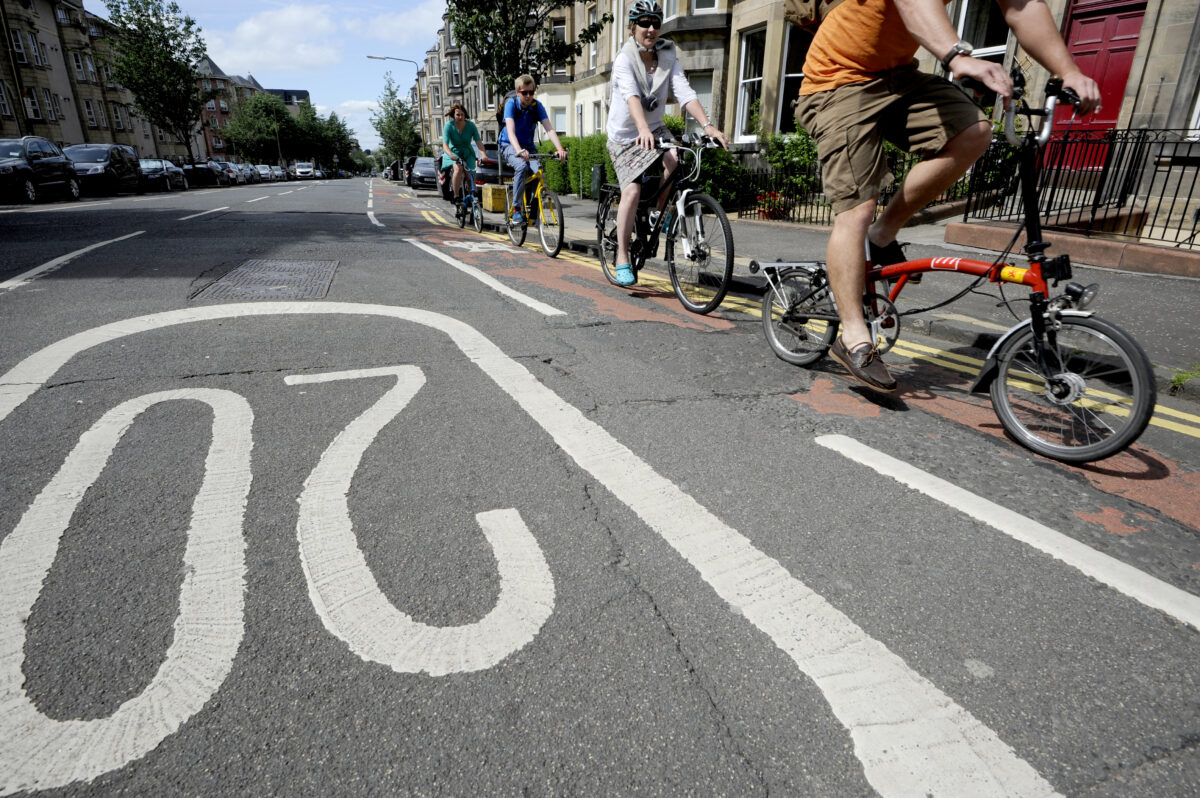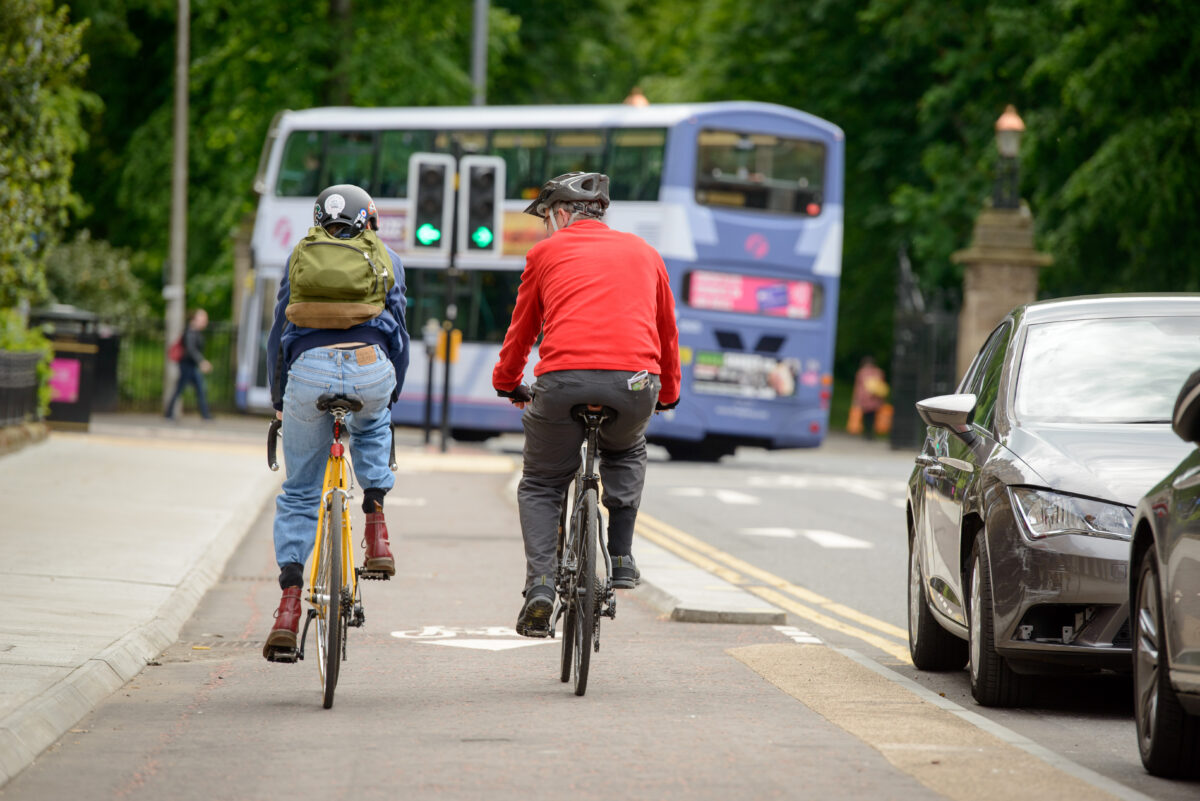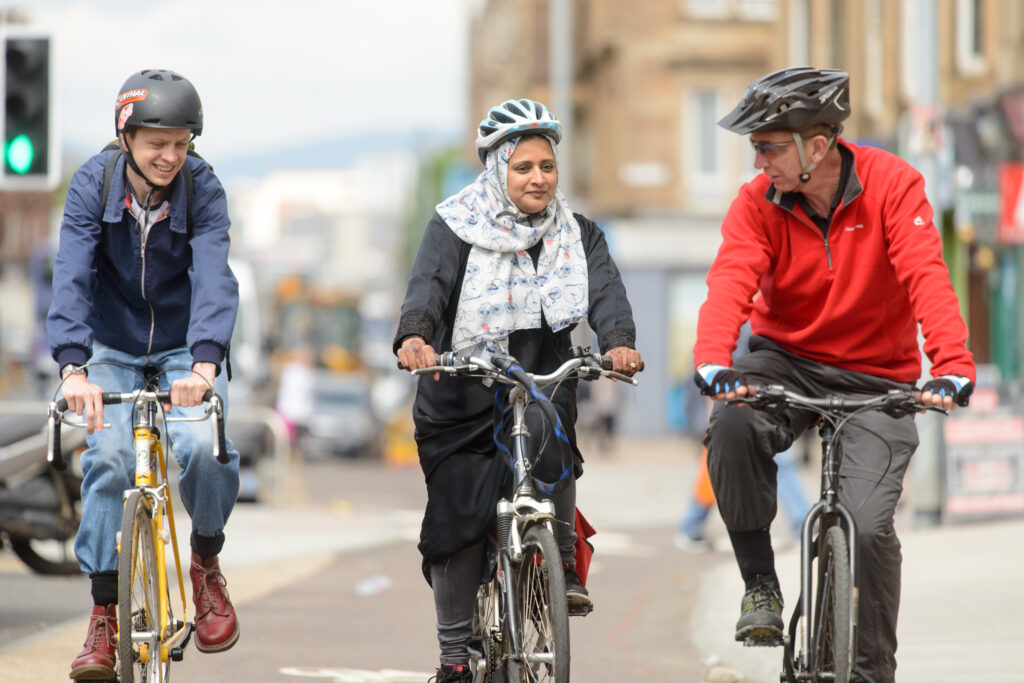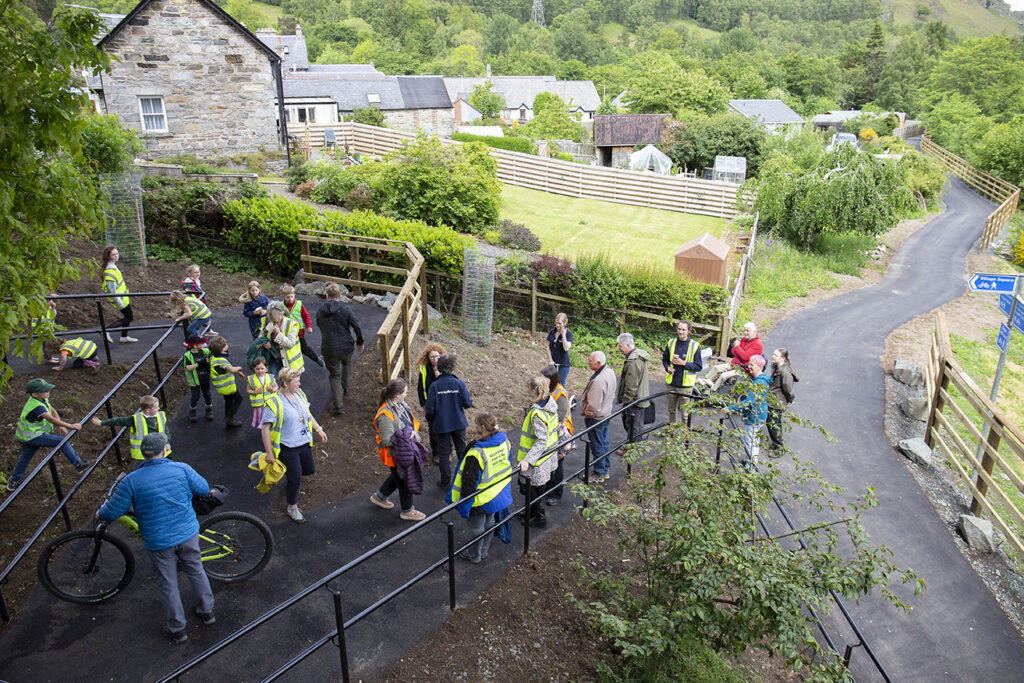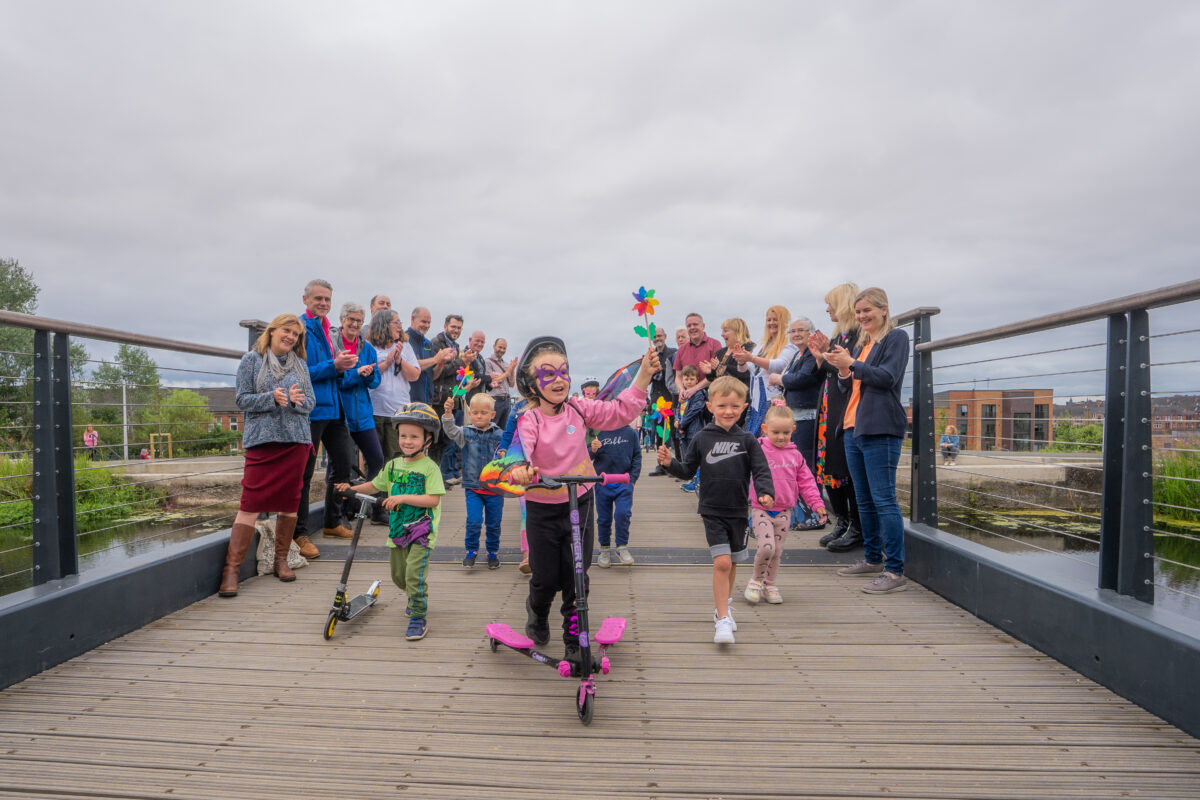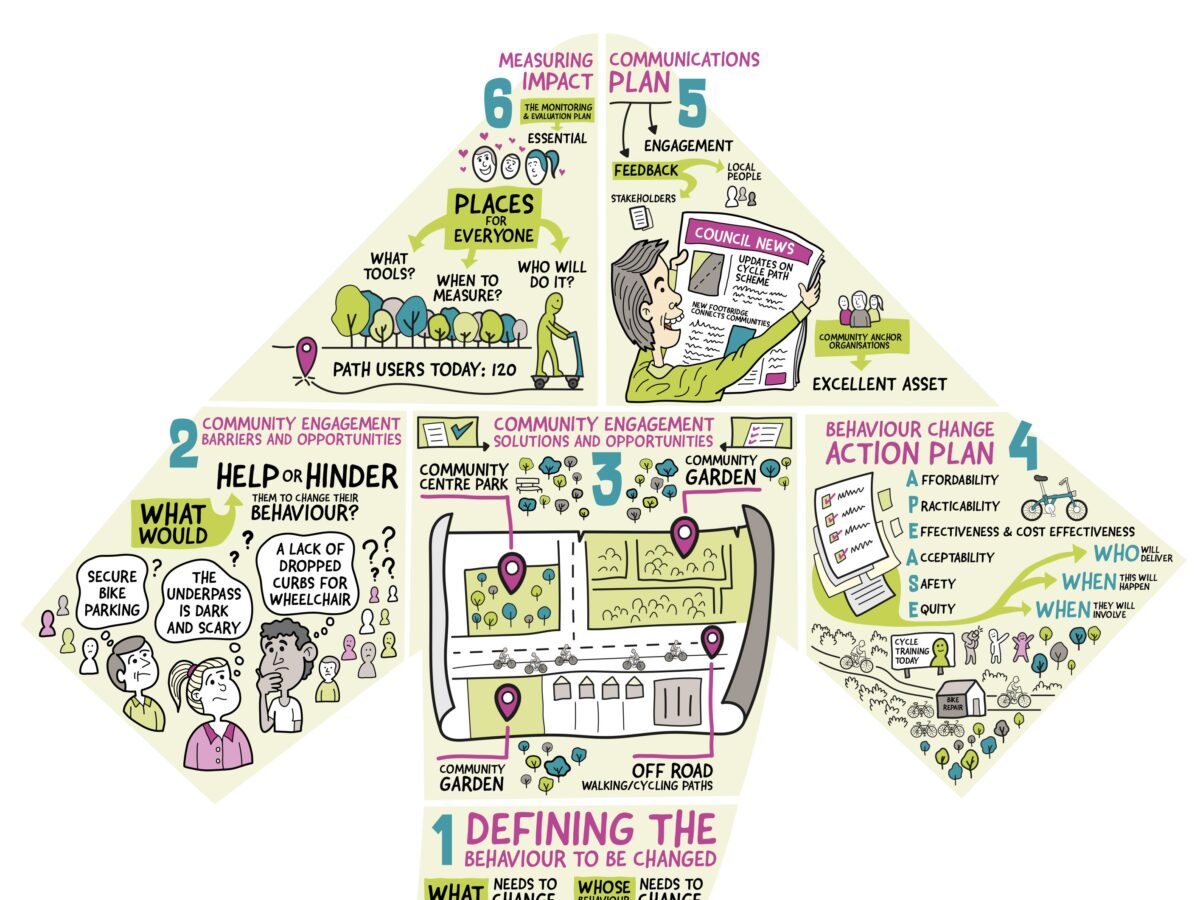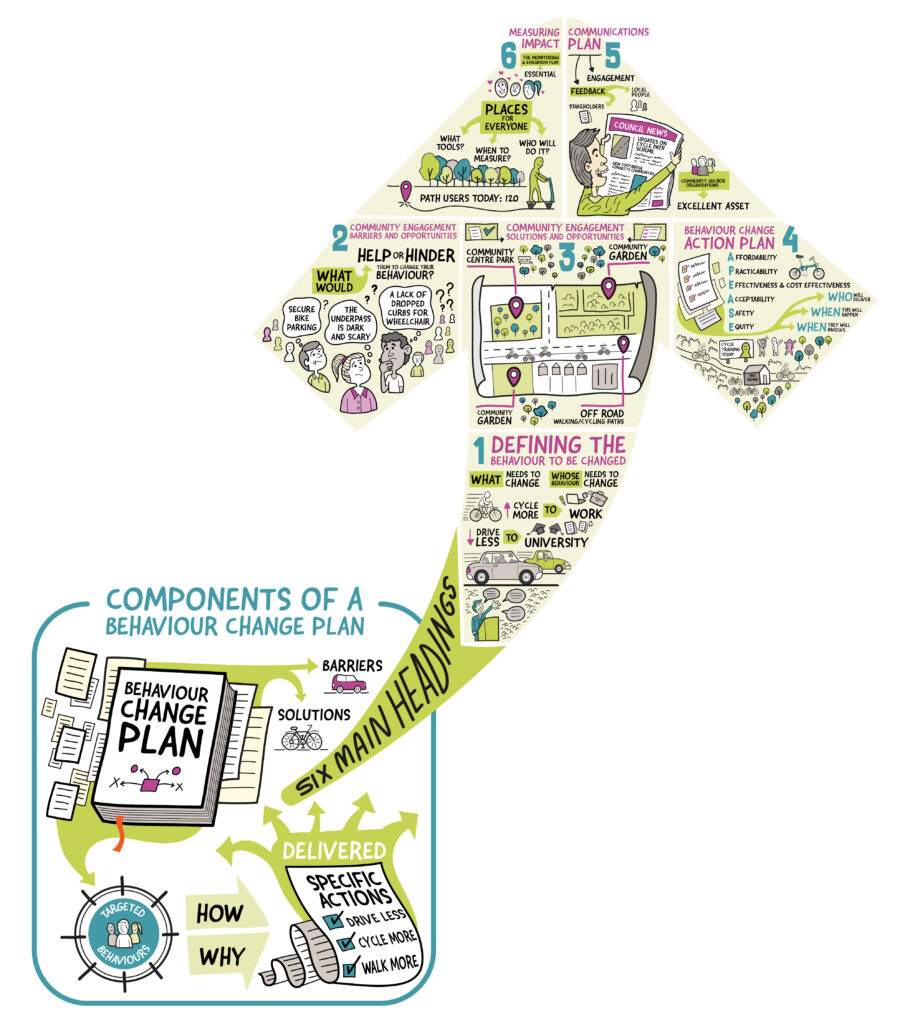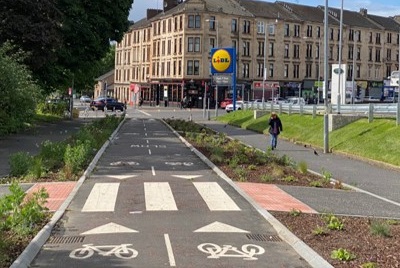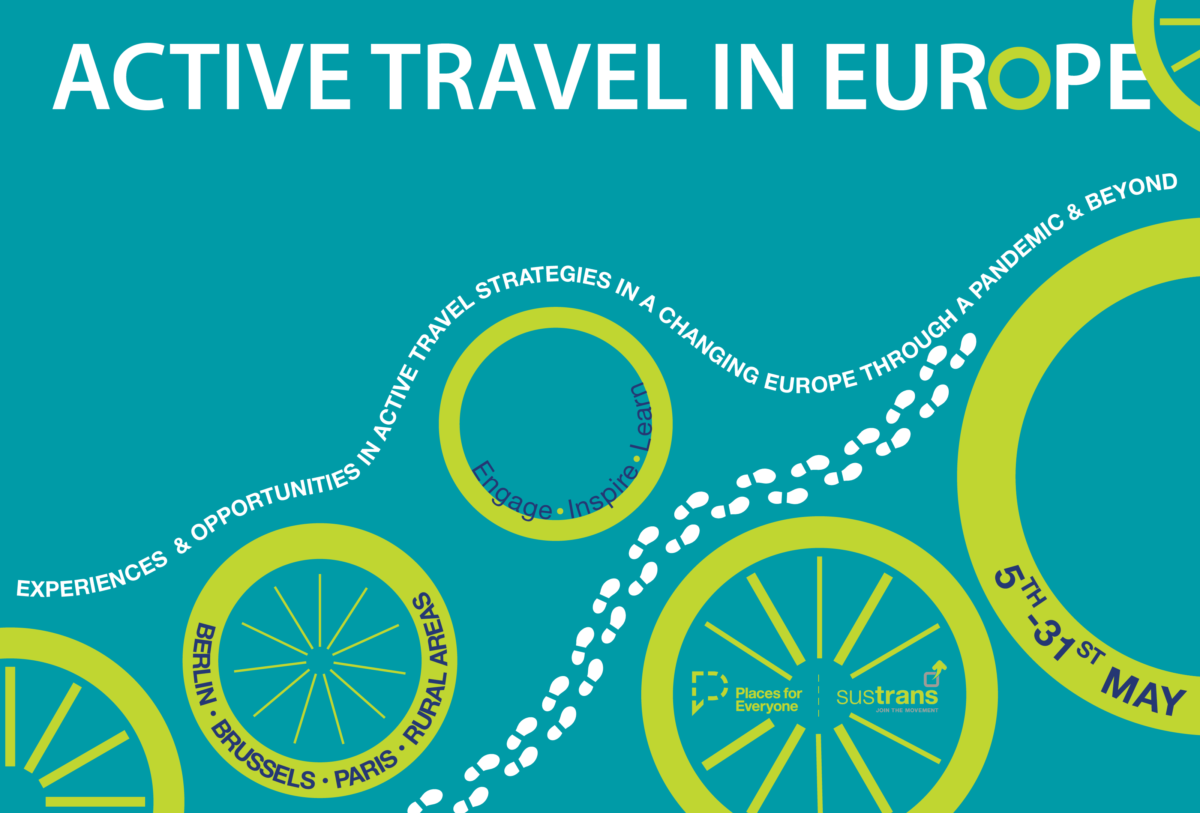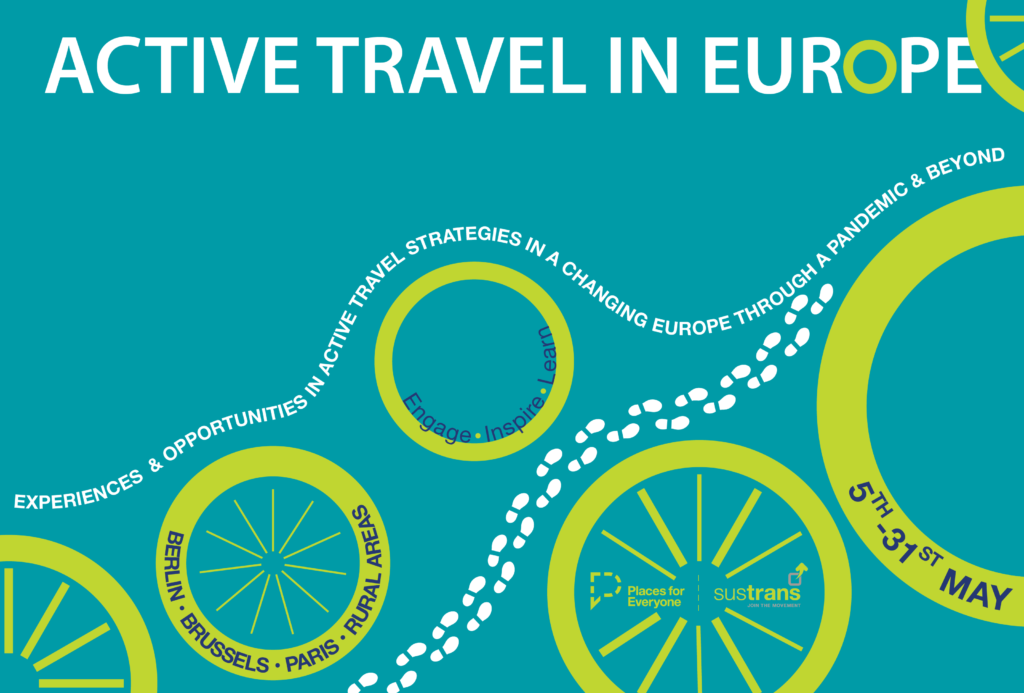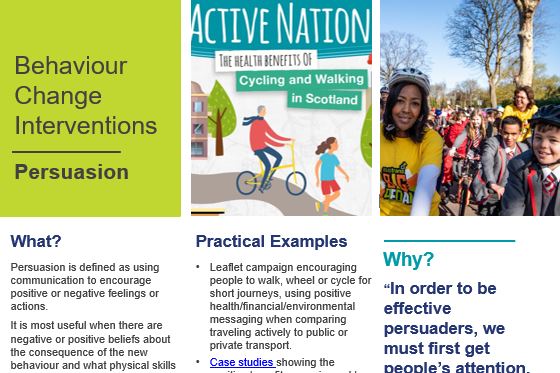In June 2022, opening celebrations were held for the new path network in the Toryglen area of Glasgow that will make walking, wheeling, and cycling more accessible.
The project forms part of a much larger multi-million-pound regeneration of the Malls Mire woodland in the southside of the city, known as the Malls Mire Woodland Regeneration Project.
The creation of this fantastic community space was possible thanks to the collaboration of Sustrans, Clyde Gateway, Urban Roots, Nature Scot and Idverde landscaping services.
At the launch event we caught up with members of the local community and those responsible for bringing the project to fruition to hear about the positive impacts the regeneration has had on the area.
What is Malls Mire?
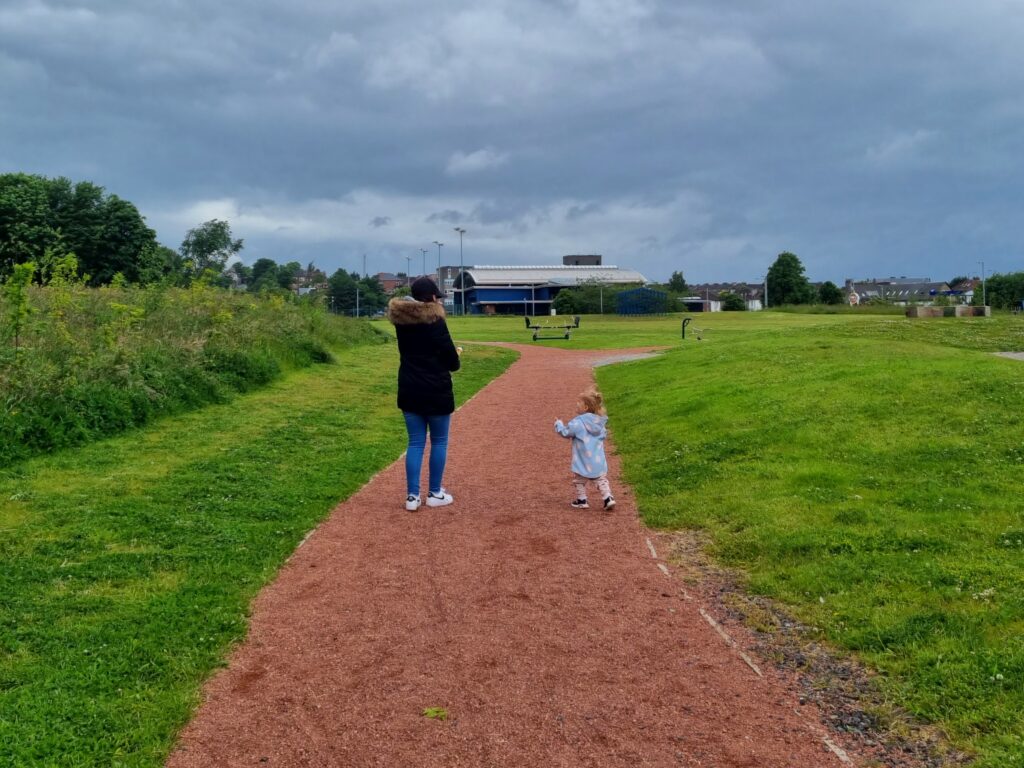
The Malls Mire Woodland Regeneration Project has created an urban oasis between Toryglen and Rutherglen in the southside of Glasgow.
What was once 15.7 hectares of derelict land is now home to a mixed-use park, wetland, nature reserve and woodland.
These features are all connected by a network of routes that run throughout the site.
The space offers both local and wider communities somewhere they can use for exercise, volunteering and education as well as unwinding in nature.
Malls Mire was the first Community Woodland in Glasgow and became a Local Nature Reserve in 2015.
Inspiration behind the project
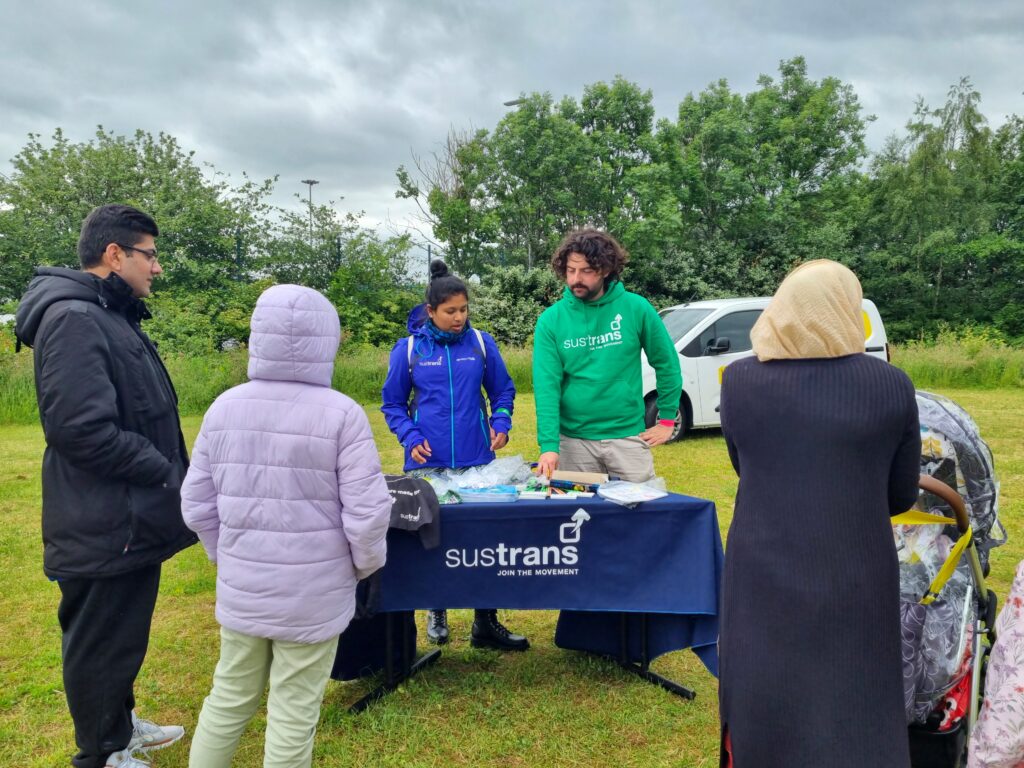
Connecting people with the natural world leaves them feeling happier and healthier.
In Toryglen, local people identified an opportunity to create a place where everyone could enjoy these benefits right on their doorstep.
This project has stemmed from many years of community and volunteer engagement to regenerate the land into a beautiful greenspace.
“This is a transformational regeneration area where there used to be old high-rise flats down to the east.
As the new housing developed there were spaces left, and with that came a big push to try and improve the greenspace.
If you only improve the housing but not the things in between it, you are potentially creating a problem and doing a disservice to the community”
Dougie Cameron, Project Manager, Clyde Gateway
Delivering Malls Mire
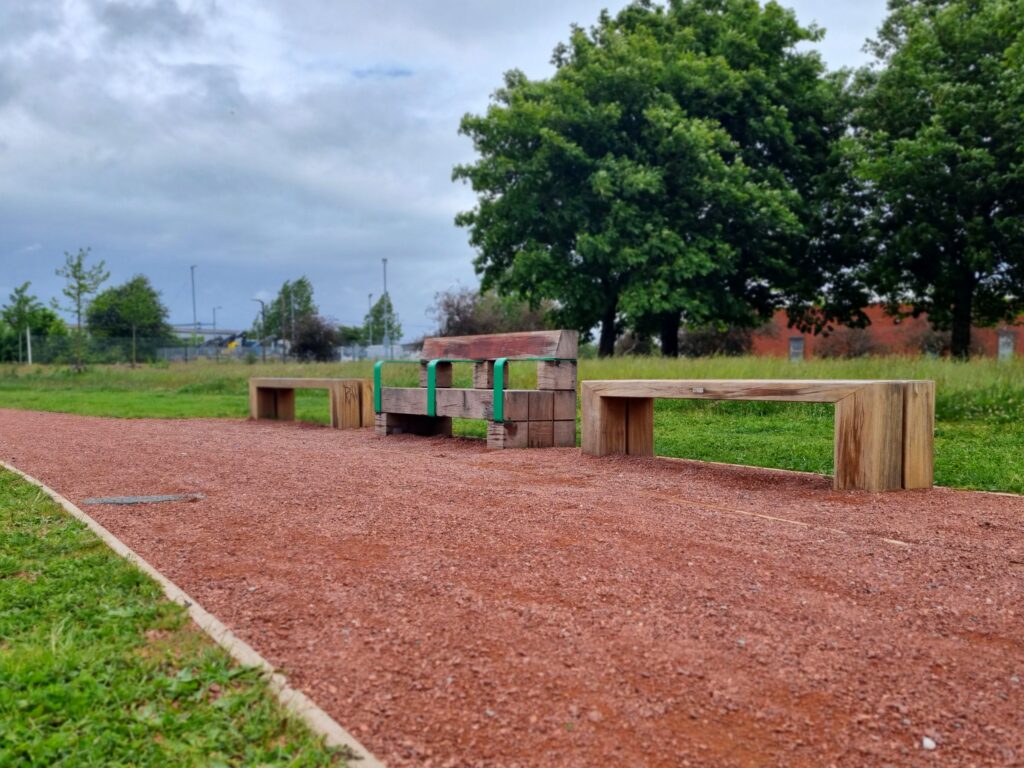
Urban Roots – a community led environmental charity working across the southside of Glasgow – have been involved with the project since 2009.
In 2018 they embarked on a Green Infrastructure Community Engagement Fund project called Growing Connections.
By working together with Sustrans, Clyde Gateway and Glasgow City Council this developed into a more ambitious vision for the area, including the design of an active travel strategy for North Toryglen.
The local community were involved at every stage of the project and inputted at a number of engagement events over the years.
Construction work began in November 2020 and completed a year later.
A lasting impact
Malls Mire officially opened to the public in June 2022 at an event that was attended by the local community, partners and politicians.
At the launch, community members were reflective about their memories of growing up in Toryglen.
Reflecting on how the area has changed, one local resident told us:
“When we were younger there was nothing for us to do except from hanging around the streets and causing trouble.
Now the kids have this opportunity so close to hand – in a scheme like this that had nothing back in the day.It’s brilliant, brilliant – a big change!”
Local resident, Toryglen
Emily Gait, Grant Manager for Sustrans, was equally positive about the completed project, stating:
“We are so excited to see the completion of the new path network in the Malls Mire woodland, and to celebrate its opening with the local community who have supported us throughout the project.
These works have delivered an accessible space where everybody living in the area can safely enjoy being active and spending time outdoors.
Routes such as this are such an important step into empowering more people to walk, wheel, and cycle.”
Emily Gait, Grant Manager, Sustrans
